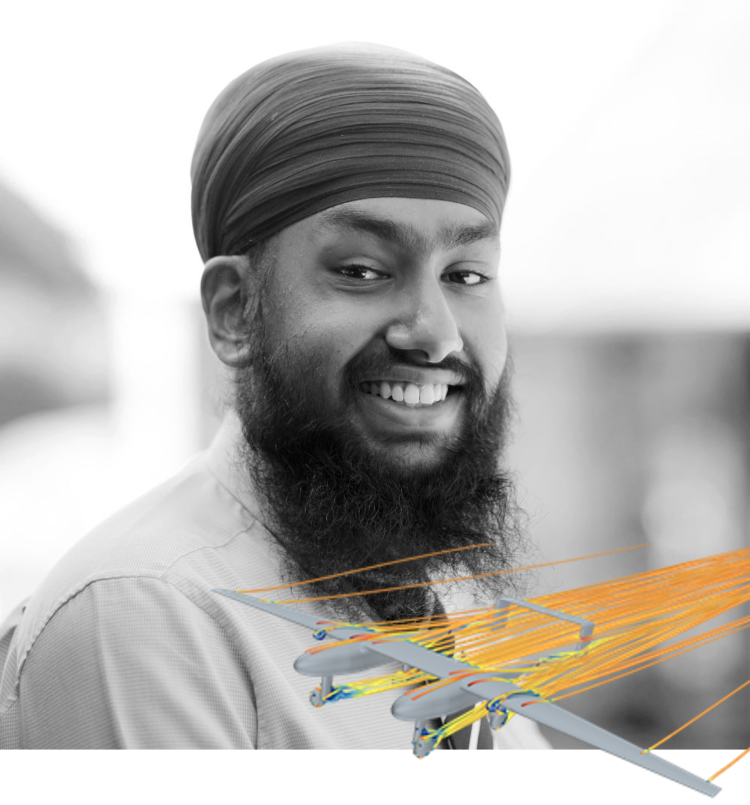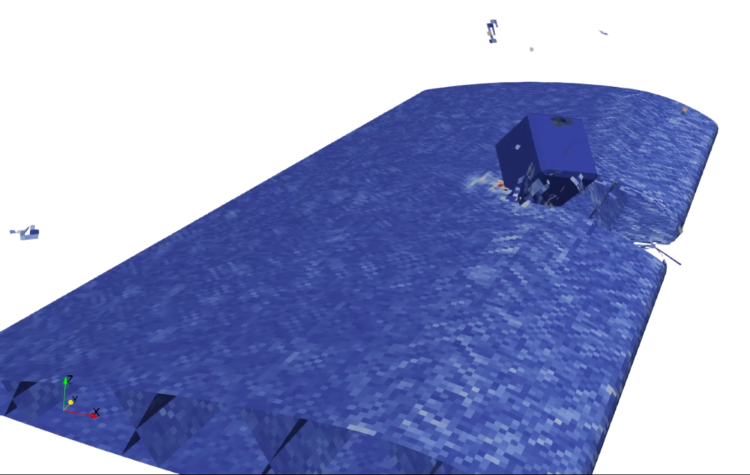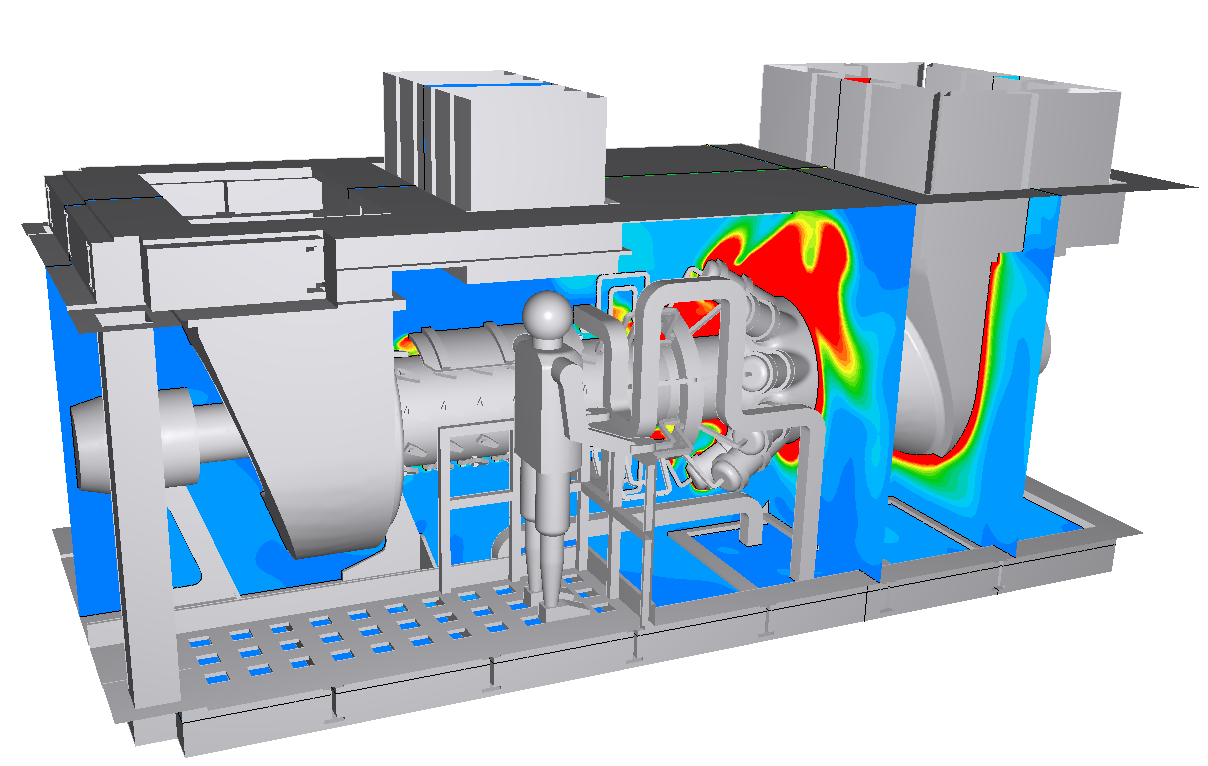Latest News July 2022
Welcome to the Frewer Engineering latest news July 2022.
This month’s edition includes updates on our topological optimisation and dynamics modelling services, as well as a selection of our other capabilities. We are also extending a special welcome to the latest addition to the Frewer team, Sukhneet!
Meet with us at Farnborough Airshow!

Next week representatives from Frewer Engineering will be attending Farnborough International Airshow, from Monday to Thursday. We are looking forward to a week of catching up with existing clients as well as meeting with new ones! If you would like to meet up with us, please get in contact with our team or via the usual channels below and we can arrange a day and time to suit you. Here’s to a great week of all things aerospace!
Complex Rigs Design and Analysis

Our agile workforce of multi-talented engineers are well-practiced in mixed design/fluids and design/structures optimisation projects. We put this to good use in the development of complex thermal rigs, requiring iterative work to manage extreme temperatures and thermal gradients. Computational Fluid Dynamics (CFD) models are built to include all fluid and heat flows, through solid, liquid, and gaseous phases (pictured). These models offer detailed, through-wall temperature and heat transfer maps, which are then coupled to Finite Element Analysis (FEA) models of the structure. The FEA models assess movement due to thermal expansion, allowing us to develop designs which flex and float to accommodate thermal movement. The final piece of the puzzle is the instrumentation which provides real-world thermal data from the rig during commissioning, allowing us to check back and validate our models, to complete the overall safety case.
Topological Optimisation

Frewer Engineering carries two different analysis packages suitable for Topological Optimisation. Topological optimisers allow automatic design iterations in Finite Element Analysis, to generate lightweight designs by removing inefficient material, and linking load paths through the remaining material. Our favoured software for this work is MSC Apex Generative. Such optimisers will typically generate filigree, organic, bone-like structures, which can be costly to make and finish, even via 3D printing methods. However, the resulting 3D shapes can be used as an inspiration to human-in-the-loop design optimisation, to generate structures which are ultimately optimised for both weight and cost. This workflow methodology, from fully automated to experience-driven, has proven successful for design projects where weight and cost are a significant challenge.
Welcome to our Newest Team Member

Sukhneet joins us from Imperial University in London where he studied Aeronautical Engineering. Sukhneet supported the aerodynamics side of the Formula Student race car project for Imperial. He has also designed a twin‑fuselage fixed-wing drone, pictured above. This platform is intended to be a high-altitude flying test-bed to examine new wing sections across the central section between the fuselage pods. Sukhneet will be a key addition to the Advanced Analysis team, supporting growth in this area of our business.
Dynamics Modelling and Composites

Here at Frewer we have a strong capability in Dytran simulation, with many years of additional experience in LS-Dyna, allowing us to model high strain-rate effects such as blast, impact, naval shock, and other dynamic phenomena. Impact between sheet metallic materials is relatively straightforward to model, including buckling, plastic collapse and ultimate-tensile failure mechanisms. We are also able to model composite and rubberised layered materials in a full dynamic simulation, like the composite wing section pictured above. As with any simulation, working at the limits of what can be achieved computationally, we will always seek real-world data to correlate against and benchmark our results, to complete the validation loop and give confidence in our simulation work.
CFD and Thermal Management of Machine Spaces

Frewer Engineering have extensive experience of the thermal management and ventilation of machinery spaces, including iterative design of systems to manage heat loading and ensure adequate cooling of equipment in relatively cramped volumes. Examples include spaces which originally benefitted from large volumes of natural cooling ventilation flow and now are more compact, or sited in stagnant regions with a limited ability to lose heat and the potential for over-heating. Our engineers investigate these issues using computational tools and propose minimal changes to manage any over-heating issues, without inviting secondary problems such as high-power demand for ventilation fans, or excessive noise. Such services apply equally well to macro-scale facilities and engine rooms, through to small-scale boxed products and electronics.
Rotor-dynamics and Compressor Design

Our engineers have a significant history of support to the Aerospace Propulsion sector, including detailed rotor-dynamics services and compressor development. Our compressor designs include axial and centrifugal variants, ranging from robust six-stage axial designs to highly-optimised, high-compression ratio designs, achieved in only three stages. We have developed compressors for flight, including lightweight shaft and casing arrangements. We have also developed rigs where the gas path and blading will ultimately be used for flight, but the shaft and casing are able to be heavier and more cost-effective, for the purposes of testing.
Digital Twin Developments

Our team are currently developing Digital Twin models of hydrogen fuel cell test stands. For now, these test stands include steam-methane reformers to generate hydrogen for the cells under test. When hydrogen is more readily available, the cells are intended to be fuelled with pure green or pink hydrogen, with zero carbon emissions. The prototype cells generate electricity which is either used on‑site, or fed into the National Grid. Our digital twins are being built to characterise the mid-power stands currently in use. Once complete and validated, the models will be used as a design tool to develop all-new cell stacks and stands, many times the power. This project is a key part of our mission to use our engineering abilities to support Net Zero and decarbonise.
Sustainability and Renewable Energy

In the past year, we have re-written our Mission Statement to express our commitment to manage Climate Change and support Net Zero in our work. Following our office move, we now make use of low-carbon biomass for heating, and solar power for much of our electrical demand. We have always been supporters of a level of hybrid and remote working, from before the pandemic, to limit the miles expended through travel and commuting. In support of this overall mission, we recently applied for and won a grant from the Offshore Wind Growth Partnership (OWGP) and have begun working with them to assess our offering to the offshore wind sector. The results from this grant are expected to support our overall aims of meeting Net Zero, as well as supporting the needs of our customers in meeting this target.
